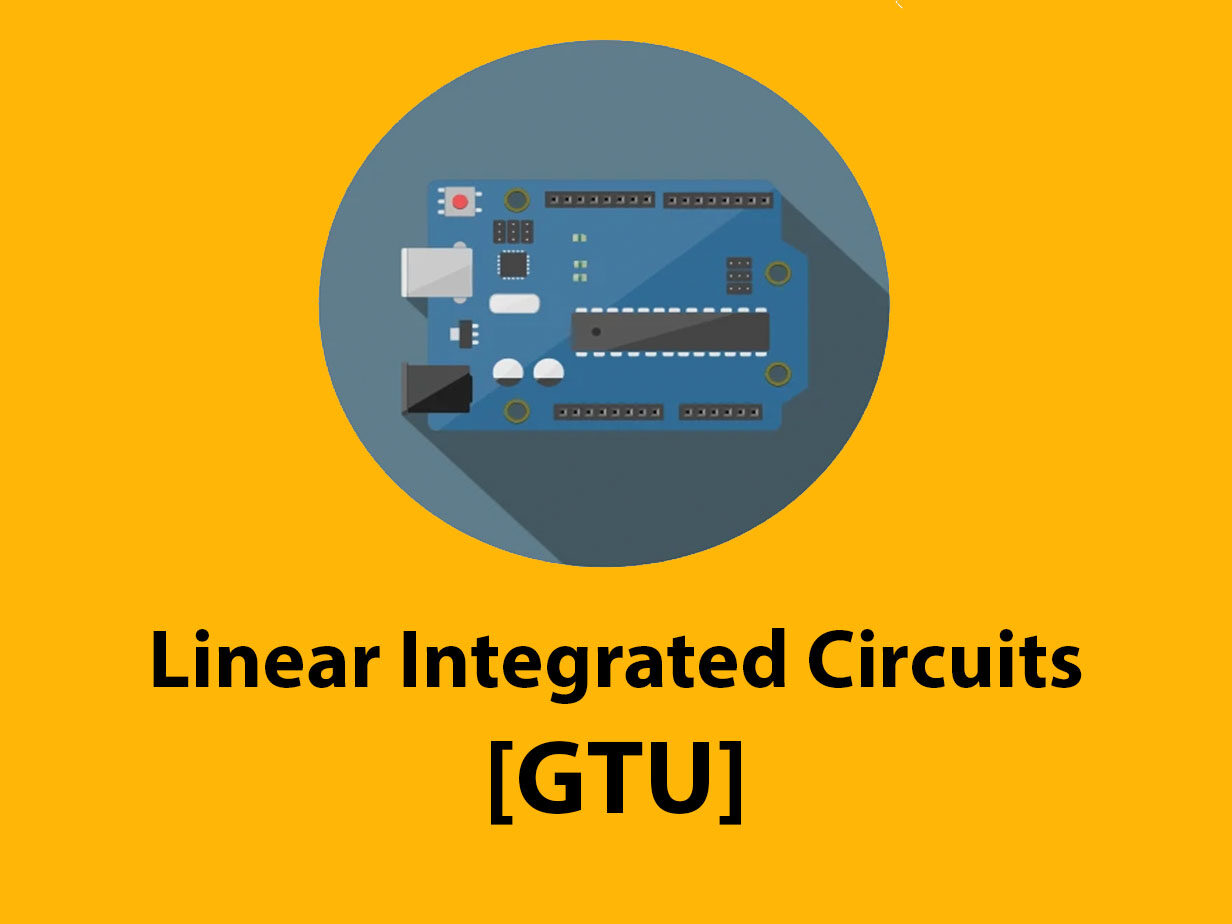Linear Integrated Circuits
Free

Linear Integrated Circuits
A linear integrated circuit or analog chip is a set of miniature electronic analog circuits formed on a single piece of semiconductor material. The voltage and current at specified points in the circuits of analog chips vary continuously over time. In contrast, digital chips only use and create voltages or currents at discrete levels, with no intermediate values. In addition to transistors, analog chips often include a larger number of passive elements (capacitors, resistors, and inductors) than digital chips. Inductors tend to be avoided because of their large size, and transistors and capacitors together can do the work of inductors.
Analog chips may also contain digital logic elements to replace some analog functions, or to allow the chip to communicate with a microprocessor. For this reason and since logic is commonly implemented using CMOS technology, these chips use BiCMOS processes by companies such as Freescale, Texas Instruments, STMicroelectronics, and others. This is known as mixed signal processing and allows a designer to incorporate more functions in the chip. Some of the benefits include load protection, reduced parts count and higher reliability. Pure analog chips in information processing have been mostly replaced with digital chips. Analog chips are still required for wideband signals, high-power applications, and transducer interfaces. Research and industry in the field continues to grow and prosper. Some examples of long-lived and well-known analog chips are the 741 Operational Amplifier, and the 555 timer IC. Power supply chips are also considered to be analog chips. Their main purpose is to produce a well-regulated output voltage supply for other chips in the system. Since all electronic systems require electrical power, power supply ICs PMICs are important elements of those systems.
A current source is an electronic circuit that delivers or absorbs an electric current which is independent of the voltage across it. A current source is the dual of a voltage source. The term current sink is sometimes used for sources fed from a negative voltage supply. Schematic symbol for an ideal current source driving a resistive load. There are two types. An independent current source (or sink) delivers a constant current. A dependent current source delivers a current which is proportional to some other voltage or current in the circuit.
A current mirror is a circuit designed to copy a current through one active device by controlling the current in another active device of a circuit, keeping the output current constant regardless of loading. The current being “copied” can be, and sometimes is, a varying signal current. Conceptually, an ideal current mirror is simply an ideal inverting current amplifier that reverses the current direction as well. Or it can consist of a current-controlled current source (CCCS). The current mirror is used to provide bias currents and active loads to circuits. It can also be used to model a more realistic current source (since ideal current sources don’t exist). The circuit topology covered here is one that appears in many monolithic ICs. It is a Widlar mirror without an emitter degeneration resistor in the follower (output) transistor. This topology can only be done in an IC, as the matching has to be extremely close and cannot be achieved with discretes. Another topology is the Wilson current mirror. The Wilson mirror solves the Early effect voltage problem in this design.
A voltage reference is an electronic device that ideally produces a fixed (constant) voltage irrespective of the loading on the device, power supply variations, temperature changes, and the passage of time. Voltage references are used in power supplies, analog-to-digital converters, digital-to-analog converters, and other measurement and control systems. Voltage references vary widely in performance; a regulator for a computer power supply may only hold its value to within a few percent of the nominal value, whereas laboratory voltage standards have precisions and stability measured in parts per million.
Prepare For Your Placements: https://lastmomenttuitions.com/courses/placement-preparation/
![]()
/ Youtube Channel: https://www.youtube.com/channel/UCGFNZxMqKLsqWERX_N2f08Q
Follow For Latest Updates, Study Tips & More Content!
Course Features
- Lectures 6
- Quizzes 0
- Students 7
- Certificate No
- Assessments Yes



